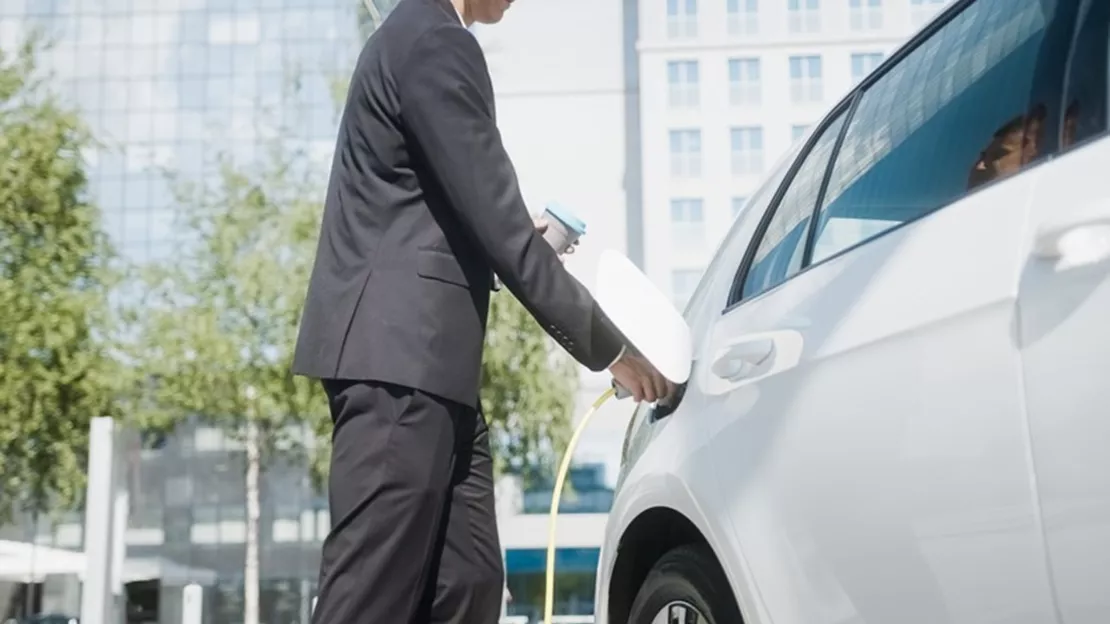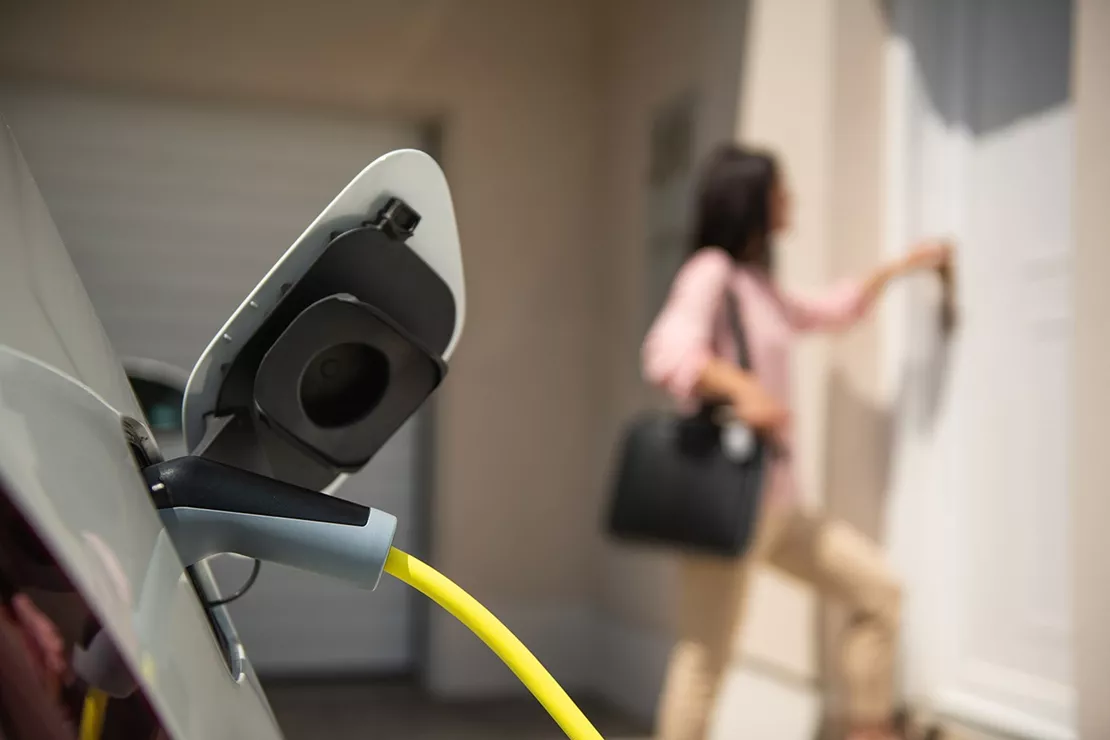The Autumn Budget 2025 Preview
Written by
Thursday 13th November 2025
Last updated: 13th November 2025

On Wednesday 26 November, the Chancellor Rachel Reeves will unveil her Budget to Parliament and the country. What can we expect to see and how will this impact fleet operators and drivers? Let’s take a look at the economic backdrop and potential announcements.
The economic landscape
This time last year, the Chancellor was predicting, or hoping, depending on your point of view, that the year ahead would bring higher tax receipts, stronger economic growth, and savings from a sizeable cut in unnecessary or avoidable costs.
Despite the occasional piece of positive news, such as March’s higher than expected growth predictions by the Office for Budget Responsibility (OBR), things have not exactly gone to plan. In fact, the rate of growth has continued to slow, with June seeing just 0.4% growth, falling to zero growth in July. Unsurprisingly, it is now widely predicted that the OBR will downgrade their productivity forecasts, potentially wiping out the Chancellor’s minuscule fiscal headroom of just under £10bn.
As a result, it now seems highly likely that taxes will need to be raised if the government is to stay within their ‘non-negotiable’ fiscal rules. As a reminder, the two main rules are:
-
- The government must ensure that day-to-day spending is covered by tax revenues by 2029/30 and only borrow for investment
- Public sector net debt must be falling as a share of the economy by 2029/30.
- The government must ensure that day-to-day spending is covered by tax revenues by 2029/30 and only borrow for investment
In reality, the government’s fiscal rules are assessed over a rolling five-year forecast period, often referred to as the economic cycle. This means that the chancellor doesn’t necessarily have to act immediately but, depending on how the economy evolves and how tightly spending is controlled, delaying difficult decisions could simply increase the level of pain further down the line.
It’s worth remembering that Labour pledged to protect working people by leaving the big three taxes of income tax, employee National Insurance Contributions (NICs) and VAT untouched. In other words, given weak growth and high levels of debt, there’s not much room for manoeuvre.
Frozen thresholds and a 2p tax ‘switch’
The easiest, and therefore most likely, revenue-raising tool the Chancellor has at her disposal is to continue freezing income tax thresholds and personal tax allowances beyond 2027/28. This approach has a double benefit for the government as, although many more people will start to pay a higher rate of tax, it doesn’t technically break any of their manifesto promises. It’s a move, or lack of one, that could raise over £38bn a year in 2029/30 - a sum that would be most welcome as the Treasury seeks to plug a fiscal hole expected to be in the range of £20bn to £40bn.
The government has also been urged to consider a Resolution Foundation proposal to cut National Insurance by 2p and add it to income tax. This is arguably in the spirit of their manifesto pledge in that it would protect working people defined by the government as those in the bottom two-thirds of income distribution (essentially those who pay basic rate tax) and increase the burden on those with higher earnings or other forms of income, such as investments and pensions. There could also be changes to capital gains tax (CGT) for private residences worth over £500,000, a levy on pension fund values, and then there’s the thorny issue of Inheritance Tax.
For businesses, possible changes to sector-specific taxes, alongside a likely increase in the levy on banks, could be on the cards. Depending on the size of the levy imposed, the latter could result in a total effective rate of 28% (3% on top of the current 25% corporation tax). This may well be a popular move in some quarters, but we should remember that any additional burden on banks is likely to filter through to business customers in the form of tighter credit or higher borrowing costs.

Fuel Duty frozen for a 15th consecutive year
Fuel Duty was originally frozen at 57.95p per litre way back in 2011 and so it might seem reasonable that a small increase is finally introduced. There’s also the question of the ‘temporary’ 5p cut that was introduced back in 2022 and is due to expire on 22 March 2026.
It would be a deeply unpopular move with individual motorists struggling with a cost-of-living crisis and fleet operators who continue to face a challenging economic environment and higher costs for just about every resource they use.
On the other hand, freezing Fuel Duty for yet another year is likely to cost the government £2-3bn, and that money needs to come from somewhere.
Salary Sacrifice for cars and pensions
Recent research shows that more than 90% of employers believe the Chancellor will place restrictions on pension salary sacrifice schemes at the upcoming Autumn Budget.
HMRC published research in May this year that examined three hypothetical scenarios for reforming pension salary sacrifice arrangements:
- Remove the National Insurance (NI) exemption for both employers and employees on salary-sacrificed amounts
- Remove both the NI exemption and the Income Tax relief on salary-sacrificed amounts
- Introduce a threshold (for example £2,000 per annum) under which the NI exemption remains, but amounts above that lose the employer/employee NI relief
In 2017, the government introduced Optional Remuneration Arrangements (OpRA) with the goal of closing loopholes that allowed people to use salary sacrifice to reduce tax and National Insurance on benefits that weren’t really intended to be tax advantaged, such as gym memberships. However, employer pension contributions and ultra-low emission vehicles were specifically, and quite understandably, excluded.
The tax advantages of ULEVs have been eroded since then in order to accelerate the shift to zero-emission vehicles but, given the government’s heavy investment in grants for electric vehicles and on-street charging points, and the fact that salary sacrifice is expected to soon overtake Personal Contract Hire (PCH) as the most popular way for individual drivers to lease a brand-new car, disadvantaging salary sacrifice would be both highly unpopular and contrary to the government’s stated aims.

3p-per-mile charge for EVs
Pay-per-mile taxation has been on the rumour mill for a number of years now. Touted as a way to replace lost Fuel Duty revenues arising from the switch to electric motoring, it is a solution that would be highly complex and expensive to implement and maintain.
There are a number of ways in which the system could work but the most recent reports show that the government could be ready to consult on a 3p-per-mile charge levied on a driver’s anticipated mileage for the year ahead, with any credit or deficit balanced out during the following year.
The government has sought to justify the proposal by saying that Fuel Duty only covers petrol and diesel and “there’s no equivalent for electric vehicles” and an EV-specific charge would be a “fairer system for all drivers”.
It is not yet clear whether the charge would also apply to vans but the proposal, if implemented, would effectively create a new tax of £300 for every 10,000 miles driven. This would be particularly unwelcome for high-mileage business drivers. Then again, it could boost the Treasury’s coffers by an estimated £1.8bn by 2031.
“A new levy on EVs risks sending the wrong signal at a critical time for the UK’s net-zero transition. Since April, electric cars have lost their exemption from vehicle excise duty and Benefit in Kind will be gradually rising over the next few years. A fair tax system is important, but the cost of EVs remains a major barrier. Improving affordability by extending grants to more models and introducing incentives for used EVs and electric vans is vital if we are to keep the UK on course for its zero-emission goals”
- Jon Lawes, Managing Director, Novuna Vehicle Solutions
Plug-In Van Grant
The current grant, which enables fleet operators to benefit from discounts of up to £2,500 when buying a small van weighing up to 2.5 tonnes, up to £5,000 for larger vans of up to 4.25 tonnes, £16,000 for small trucks, and £25,000 for large trucks, is officially due to expire on 31 March 2026.
In August this year, the government confirmed that the current grant will be extended until at least 2027. The level of discount available from 1 April 2026 is yet to be made public and, with electric van sales struggling to meet ZEV mandate commitments, there may also be news on longer-term measures or additional financial support.

VAT on home and public charging
EV drivers using public chargers pay four times the VAT rate applied at home, prompting sustained pressure from campaigners to level the playing field by cutting public charging VAT from 20% to 5%.
It’s estimated that the cut would mean the Treasury misses out on just £85m of tax revenue, rising to £143m in 2027 and £315m in 2030. To put this in perspective, the freeze in Fuel Duty on petrol and diesel costs £2-3bn. However, despite the relatively low cost involved, the government has thus far resisted the change.
A VAT cut on home energy
Electricity, gas, and oil all incur VAT at 5%. Given the pressure on household budgets and the growing number of people charging electric cars and vans at home, the government may decide to reduce this to 0%. This would be a popular move, but at a cost of around £1.75bn a year the joy could be short-lived if it results in higher taxes elsewhere.
In fairness, not all commentators agree with this approach, as it would disproportionately benefit higher earners with larger homes and could also result in higher carbon emissions.

VAT on private hire vehicles
The government may look to make the provision of private hire vehicles a VAT-able service when booked through apps such as Uber. Following recent Supreme Court rulings that left most drivers outside London classified as self-employed and earning below the VAT threshold, and therefore not required to register, ministers are said to be exploring ways to shift the VAT liability to the platforms themselves. This would mean that the booking platform, rather than the individual driver, is treated as the supplier for VAT purposes, potentially increasing fares but also creating a more consistent tax treatment across the app-based transport sector.
A Final Word
We all know that it is a challenging economic climate and tough decisions need to be made. Exactly what these will look like, and how they will affect fleet operators and drivers, remains to be seen.
Whatever happens, you can be sure we’ll carefully analyse the Budget’s impact and provide the insights and advice you need to make the right decisions at the right time.

